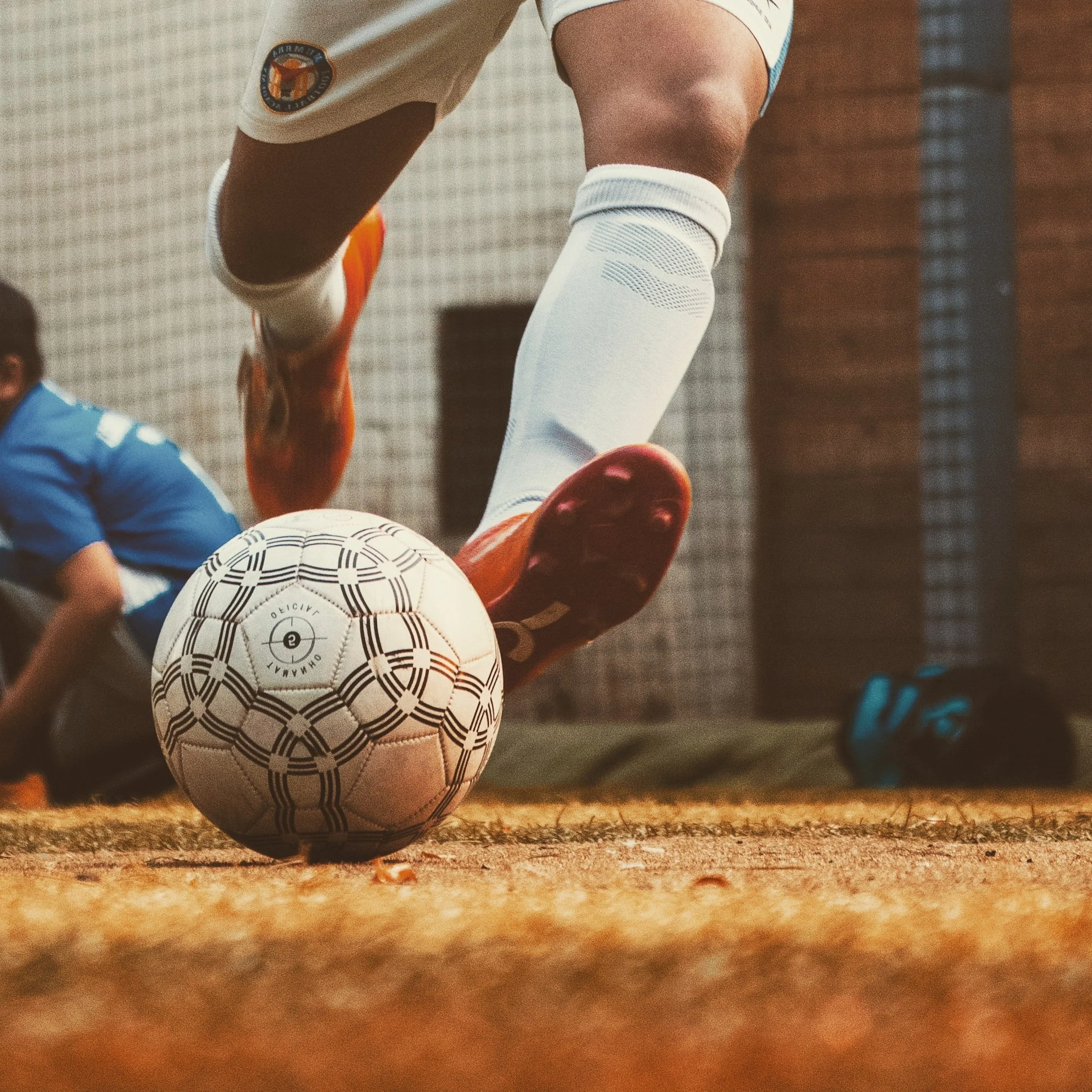What Asymmetry Testing Really Tells Us: Part 2
In the last post, we discussed how movement asymmetries can identify trainable deficits, boost running economy, and monitor injured athletes throughout their return to sport journey. In this post, we will discuss circumstances where performance asymmetry may not indicate a deficit, and how it should drive performance and injury prevention decision-making.
When are asymmetries less important?
Part of a complete picture
Our limb dominances inherently make us function asymmetrically, but just like beauty standards, do we naturally tend to over-fixate on symmetry in sport performance and rehabilitation? Human movement is highly variable and adaptable, so the relationship between movement asymmetries from a single test and injury risk factors is highly nuanced. For example, movement patterns can change drastically in response to fatigue, weakness, and pain, but without exposing the body to those conditions, it is impossible to know how they change and if the individual can adapt to the imposed stimulus.
Despite the undeniable power of asymmetry testing for musculoskeletal injuries, such as ACL ruptures, recent research has reported that very few people actually achieve functional symmetry 6 to 24 months after ACL reconstruction (Costley et al 2021; Cristiani et al 2019; Curran et al. 2020). In fact, Markstrom et al (2022) found that most non-injured athletes don’t even pass the gold standard asymmetry tests used for ACL rehab.
Even more compelling: the type of asymmetry test used to clear an athlete may not be representative of their actual capacity. As highlighted in our Sherlock Holmes article, an individual can “cheat” in a single leg hop test by using alternate jumping strategies while masking the deficits that really make them vulnerable to re-injury. In the case of ACL injury, loading demands can be transferred to the hip and ankle muscles to lessen the requirements on the quadriceps, which is the muscle group that is most significantly impacted by ACL trauma.
Single leg hops for distance are the current standard for functional asymmetry testing after ACL injury, but many studies have shown that it’s not actually reflective of symmetry in knee biomechanics (Davey et al 2021; Kotsifaki et al 2020; Kotsifaki et al 2020; Losciale et al 2020; Lloyd et al 2020; Markstrom et al 2022). Now, that’s not to say that the single leg hop for distance is not a useful test, it just shouldn’t be the only test used for return to sport clearance, as it doesn’t give a full picture of functional symmetry (Kotsifaki et al 2021).
Specialization
So, if an uninjured athlete does not pass the symmetry benchmarks and injured athletes can adapt their movements to accomplish the task, are we, perhaps, focusing on the wrong things? Many sports require left versus right position-specific specialization; a soccer right mid-fielder must develop precise kicking skills with their right leg, while the left specializes in supporting the body during the kick and transferring energy from the ground up. While both left and right quadriceps are working hard to control the knee during deceleration and cutting moves, a right mid-fielder will rely on their left leg more frequently to push the body's center of mass towards the outside of the field, while the right maintains possession of the ball.
Let’s say this soccer player tears their ACL. Would you judge their return to sport status based on their single leg hop performance of the left relative to the right? Or would the higher left-sided loading specific demands imply that achieving symmetry is not enough to ensure resilience to re-injury?
To quote Dr. Matt Jordan: “I would rather be strong and somewhat asymmetrical than weak and symmetrical”. With strength comes injury resilience, as a body can better recover from repeated external loading and unexpected situations (Gabbett 2020).
Take Action
In our Part 1 post in this series, we introduced the idea of shifting our perspectives of asymmetries to an assessment of each limb. This way, we can identify side dominances and “weakest link” performance limiting factors. Ask yourself the following questions in order to better associate meaning with asymmetry analysis within the context of the limb-specific demands that an athlete must be able to cope with in their sport:
What movement strategies have been used to execute the task and achieve the observed performance outcomes?
What are the unique demands of the sport and the minimum performance requirements to execute movement demands proficiently?
If asymmetry percentages are not used as a “check engine light” performance indicator, how else should they be monitored over time?
Don’t forget to check out Part 3 of this series blog where we provide specific guidelines on how to leverage asymmetry testing as a power boost to athlete monitoring!



